In an ideal Wilkinson power divider(because in practical there will always be resistive loss), the scattering parameters, or S matrix is given as:
From the condition that checks if network is loss-less or not which is:
Say s-parameters matrix is S(nxn). Transpose of S is X and conjugate of S is Y then X.Y=I (Identity Matrix) if network is lossless.
It turns out that the power divider is lossy as X.Y is not equal to I. Then how does the input power split equally at outputs? It means Pi=Po1+Po2(where Pi is input power, Po1 and Po2 are output powers at any 2 output ports; Po=Po1+Po2). Thus, net power loss=(Po-Pi)=0.
Does it not violate the fact that network is lossy. Or is it that Scattering parameters deal with the overall network meaning a lossy network can have a lossless path in it? If the latter is true then it makes sense to me and I can safely conclude that "A lossless network means all paths are lossless and a lossy means at least one path is lossy"[Path here meaning a road from any input to any output].
As stated in Wilkinson Power Divider, an image of which I am attaching if link goes down:
 In its ideal form there would not be any resistive loss, so then would the s-parameter matrix differ from the one that I have attached above to reflect the lossless attribute?
In its ideal form there would not be any resistive loss, so then would the s-parameter matrix differ from the one that I have attached above to reflect the lossless attribute?
